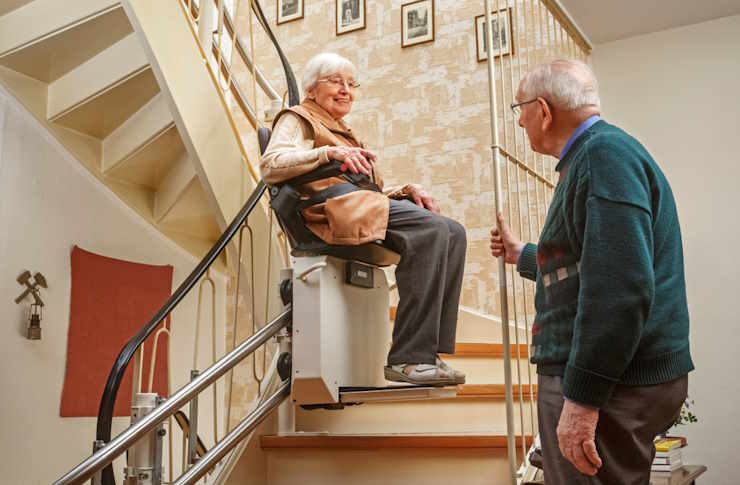Adult Diapers: Smart Choices for Incontinence and Comfort
Adult diapers are a practical solution for people managing urinary or bowel incontinence, offering dignity and improved daily life. Choosing the right product depends on absorbency, fit, skin health, mobility, and lifestyle. This article explains how adult diapers work, what to look for if you’re buying for seniors or the elderly, and how comfort and proper use can reduce skin problems and improve quality of life.

What are adult diapers and how do they work?
Adult diapers are absorbent garments designed to contain urine and fecal matter discreetly. They use layered materials: an inner wicking layer to move moisture away from the skin, a superabsorbent core that locks liquid in, and an outer waterproof barrier to prevent leaks. Some styles resemble underwear for ease of wearing, while others use adhesive tabs for adjustable fit. Proper sizing and timely changes are essential to maximize effectiveness and reduce the risk of leaks or skin irritation.
How do adult diapers help with incontinence?
For people with urinary or bowel incontinence, adult diapers provide a predictable way to manage episodes and reduce anxiety about accidents. They can be used during the day or overnight depending on absorbency levels. Properly chosen products let wearers remain socially active and engage in routines with fewer interruptions. Pairing diaper use with a care plan — scheduled changes, pelvic floor exercises when appropriate, and consultation with healthcare providers — will address incontinence more holistically.
Choosing adult diapers for seniors: fit and safety
Selecting adult diapers for seniors requires attention to fit, mobility, and any cognitive or physical limitations. Measure waist or hip circumference accurately and consider whether the senior prefers pull-up styles (for independence) or tab-style briefs (for easier caregiver access). Safety factors include materials that minimize slipping, breathable fabrics to reduce heat and moisture, and a design that allows for safe transfers. Regular checks and ensuring easy access to changes are important to prevent pressure areas and maintain dignity.
Elderly skin care and incontinence management
The elderly have more fragile skin that is prone to breakdown with prolonged moisture exposure. Choosing diapers with breathable panels, a quick-dry inner layer, and a secure fit reduces friction and maceration. Frequent changes, gentle cleansing with pH-balanced wipes, and applying barrier creams when recommended help protect skin. Monitor for redness, sores, or unusual odor — these may indicate infection or dermatitis. When in doubt, seek professional assessment to prevent complications.
Comfort: features that improve everyday wear
Comfort is key for consistent use. Look for features such as soft stretchable waistbands, ergonomic leg cuffs to prevent chafing, and odor-control layers to increase confidence. Absorbency matched to daily needs prevents bulkiness while providing protection; overnight needs usually require higher absorbency. Silent materials reduce noise during movement, and discreet silhouettes enhance self-esteem. Testing a sample pack is an effective way to evaluate real-world comfort before committing to a larger supply.
This article is for informational purposes only and should not be considered medical advice. Please consult a qualified healthcare professional for personalized guidance and treatment.
Conclusion
Adult diapers are a practical, often essential tool for managing incontinence in seniors and the elderly, improving daily comfort and allowing greater participation in normal activities. Careful selection based on absorbency, fit, skin health, and personal preference helps reduce complications and enhance dignity. Combining product choices with good skin care, regular monitoring, and medical guidance provides the most effective approach to long-term incontinence management.






